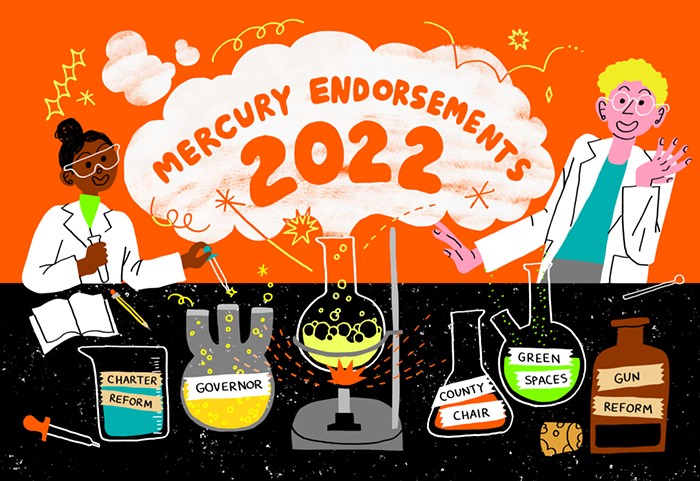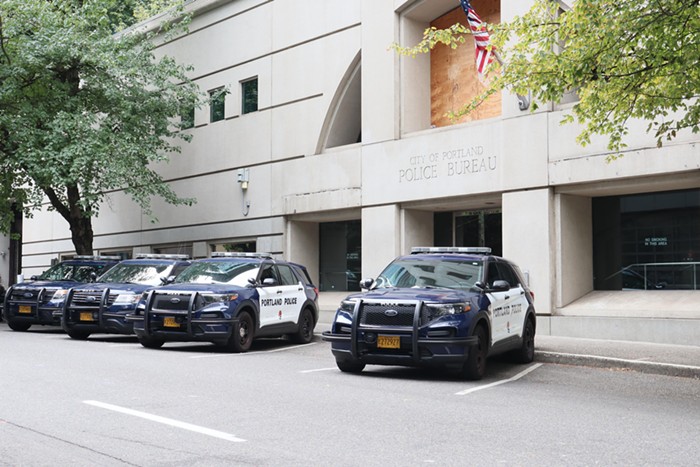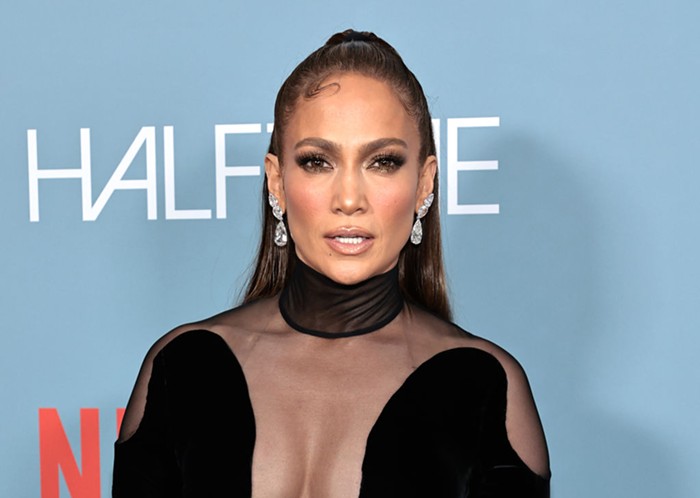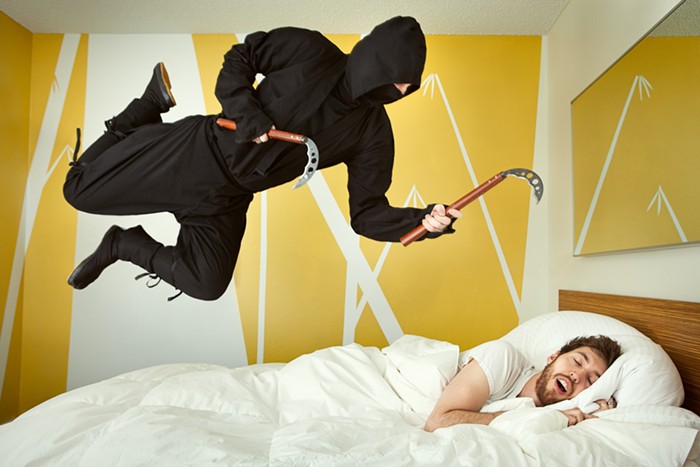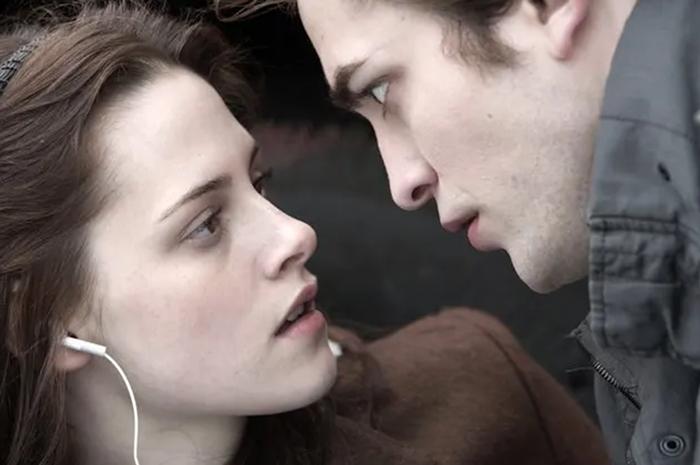THE FILMS OF TRENT HARRIS seem to come tumbling out of some bizarro universe, fully formed. The subject of a weekend retrospective at the Clinton Street Theater, the filmmaker's output suggests a deeply gonzo worldview that resists explanation and rewards multiple viewings. Like a lower-impact Lynch, the strangeness in his movies comes burbling up in unpredictable, non-schematic waves.
Based out of Salt Lake City (his Plan 10 from Outer Space, which screens Sun Sept 15, is a hilarious Mormon/sci-fi jumble), Harris made his biggest splash with 1991's Rubin and Ed (Fri Sept 13), which finds Crispin Glover and Howard Hesseman stumbling through the desert on a mission to bury a cat. Or something. Both satirical and genuinely discomfiting—Glover's various methods of quenching his thirst will not soon be forgotten—it creates an amiable rubber room of a world. Ask anybody who's ever seen it about watermelon, and get ready for the goofy grins and bad impressions to start rolling in.
The highlight of the weekend, however, proves to be The Beaver Trilogy (Sat Sept 14), which shows the director's repeated attempts to do justice to a once-in-a-lifetime encounter. Harris' documentary/fiction mash-up begins in 1979 with a chance meeting in a parking lot with a kid known as Groovin' Gary, a hyperactive impressionist whose desire to be filmed takes on a tangible aura. (In this era of reality TV, seeing someone genuinely thrilled for the opportunity to be on camera, rather than treating it as their divine right, is weird enough to warrant a viewing.) Harris was struck enough by the event to revisit it twice, first in 1981 with a then-unknown Sean Penn, and then again in 1985 with Crispin Glover, veering between comedy and drama. While the historical multiple takes are intriguing enough, what ultimately makes The Beaver Trilogy fascinating is how you can feel the director repeatedly filtering the details through his brain—until finally finding a resolution that feels both fair to his subject and oddly transcendent.







